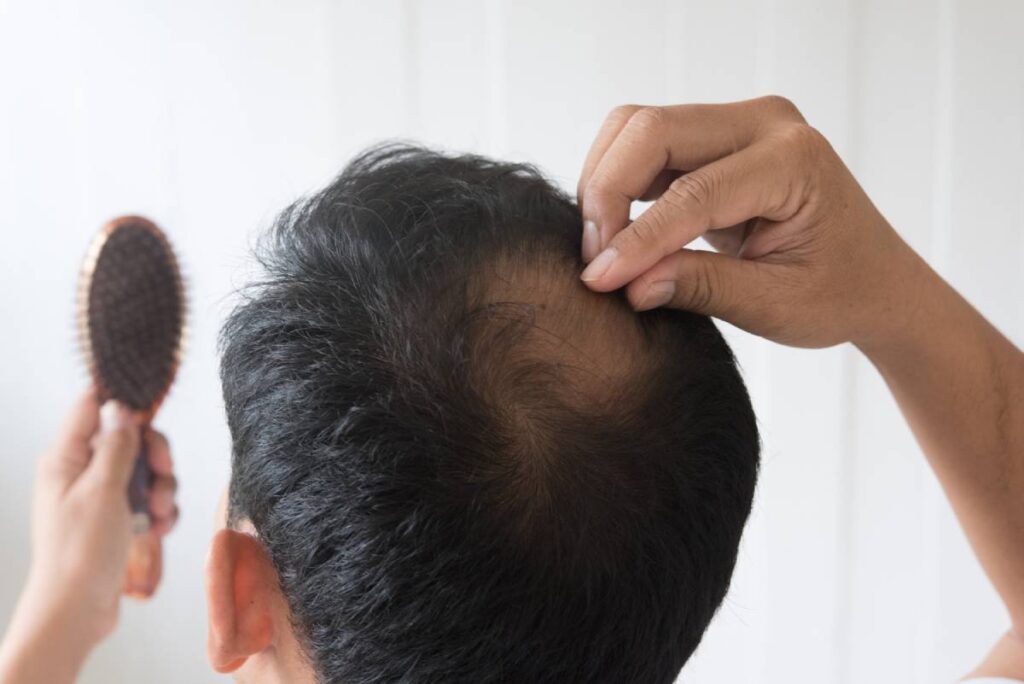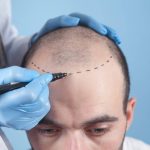Understanding Hair Transplantation: A Revolutionary Solution
Hair loss is a common issue that affects millions of people worldwide, and for many, it can have a significant impact on self-esteem and overall well-being. Fortunately, hair transplantation offers a revolutionary solution for those seeking to restore their hairline and achieve fuller, healthier hair. Hair transplantation involves transferring healthy hair follicles from one area of the scalp (typically the back or sides) to areas with thinning or no hair. This procedure offers a permanent and natural-looking result, making it a popular choice for individuals who want to regain their confidence and youthful appearance. With advancements in technology and surgical techniques, hair transplantation has become a highly effective and safe procedure for many individuals struggling with hair loss.
How Hair Transplantation Works: The Procedure Explained
The process of hair transplantation typically involves two main techniques: Follicular Unit Extraction (FUE) and Follicular Unit Transplantation (FUT). Both methods are designed to harvest healthy hair follicles from a donor area and transplant them to the thinning or bald regions. FUE is a minimally invasive technique that involves removing individual follicular units using a tiny punch tool, making it ideal for individuals seeking a less invasive procedure. On the other hand, FUT involves removing a strip of scalp and dividing it into individual grafts for transplantation. Regardless of the technique, hair transplantation provides permanent results with natural-looking hair that grows just like your original hair.
The Benefits of Hair Transplantation for a Fuller Hairline
One of the most significant benefits of hair transplantation is the ability to restore a natural and youthful hairline. As individuals age or experience hair loss due to genetics or other factors, their hairline may recede or thin, leading to a less aesthetically pleasing appearance. With hair transplantation, individuals can achieve a fuller, more natural-looking hairline by transplanting healthy hair follicles to the affected areas. Over time, the transplanted hair grows naturally, seamlessly blending with existing hair for a smooth and rejuvenated look. This process not only enhances the appearance of the hairline but also boosts self-esteem, allowing individuals to feel more confident about their appearance.
How to Choose the Right Candidate for Hair Transplantation
Not everyone is a suitable candidate for hair transplantation. Ideal candidates for the procedure are typically those with a stable pattern of hair loss and sufficient healthy hair in the donor area. It is important for individuals to have realistic expectations and understand that hair transplantation is not a one-time fix but rather a tool to help improve the appearance of hair over time. Consulting with a qualified surgeon is essential to determine whether you are a good candidate for the procedure. Your surgeon will assess factors such as the extent of hair loss, the condition of your donor area, and your overall health to determine if you are a suitable candidate for hair transplantation.
Recovery After Hair Transplantation: What to Expect
While hair transplantation is a relatively straightforward procedure, the recovery process is an important aspect of ensuring the best possible results. Immediately following the procedure, patients may experience some mild discomfort, swelling, and redness in the treated areas. These symptoms typically subside within a few days. During the recovery period, patients are advised to avoid strenuous activities, direct sun exposure, and the use of harsh hair products. Most individuals are able to return to work and normal activities within 1-2 weeks. Full recovery and visible hair growth can take several months, with results becoming more apparent after 6-12 months. Adhering to post-surgery care instructions is crucial to ensure the success of the hair transplantation procedure.
The Cost of Hair Transplantation and Financing Options
The cost of hair transplantation can vary depending on the technique used, the extent of the procedure, and the clinic’s location. On average, the cost of hair transplantation ranges from $4,000 to $15,000 or more. The price typically depends on the number of grafts required, the complexity of the procedure, and the surgeon’s experience. While hair transplantation can be an investment, many individuals find that the benefits far outweigh the costs, especially considering that the results are permanent. Additionally, many clinics offer financing options, allowing patients to pay for the procedure in manageable installments. It’s essential to discuss payment options with your surgeon before proceeding to ensure that you understand the financial commitment involved.
Maintaining Long-Term Results After Hair Transplantation
After undergoing hair transplantation, maintaining long-term results is essential for sustaining the benefits of the procedure. While the transplanted hair is permanent, it is important to note that hair loss can still occur in untreated areas of the scalp. To prevent further hair loss and maintain the full effects of the procedure, individuals are encouraged to adopt healthy hair care habits, including proper nutrition, regular scalp massages, and avoiding excessive heat or chemical treatments. Some individuals may also benefit from medications like minoxidil or finasteride, which can help prevent further hair thinning. Regular follow-up appointments with your surgeon will help monitor the success of the procedure and ensure that the results are long-lasting.
Conclusion
In conclusion, hair transplantation offers a permanent and natural solution for individuals struggling with hair loss. The procedure not only restores a fuller, healthier hairline but also improves overall confidence and self-esteem. By understanding the process, recovery, and potential costs associated with hair transplantation, individuals can make informed decisions about whether this procedure is right for them. With the right care and post-surgery maintenance, the results of hair transplantation can last a lifetime, offering a significant transformation in both appearance and quality of life.
Frequently Asked Questions
- What is hair transplantation?
- Hair transplantation is a surgical procedure that involves moving hair follicles from one part of the scalp to areas with thinning or no hair.
- Is hair transplantation permanent?
- Yes, the transplanted hair is permanent, though natural hair loss may continue in untreated areas.
- How long does it take to see results from hair transplantation?
- New hair growth typically starts within 3-4 months, with full results visible in 12-18 months.
- Is hair transplantation painful?
- Most patients experience minimal discomfort during the procedure due to local anesthesia, and any post-procedure discomfort can be managed with pain relievers.
- How much does hair transplantation cost?
- The cost varies, typically ranging from $4,000 to $15,000, depending on the technique, number of grafts, and the clinic.
- Are there any risks involved with hair transplantation?
- While rare, risks include infection, scarring, and poor graft survival. These risks are minimized with proper care and an experienced surgeon.
- Can I return to work after hair transplantation?
- Most patients can return to work within a few days, although it’s recommended to avoid strenuous activities for 1-2 weeks post-procedure.
- How long does the recovery process take?
- Initial recovery takes about 7-10 days, with full hair growth and results visible within 6-12 months.
- Will the results look natural?
- Yes, when performed by an experienced surgeon, the results look completely natural and blend seamlessly with your existing hair.
- What should I do to maintain the results of hair transplantation?
- Follow post-surgery care instructions, maintain a healthy diet, avoid harsh treatments, and consider using medications like minoxidil to maintain results.












